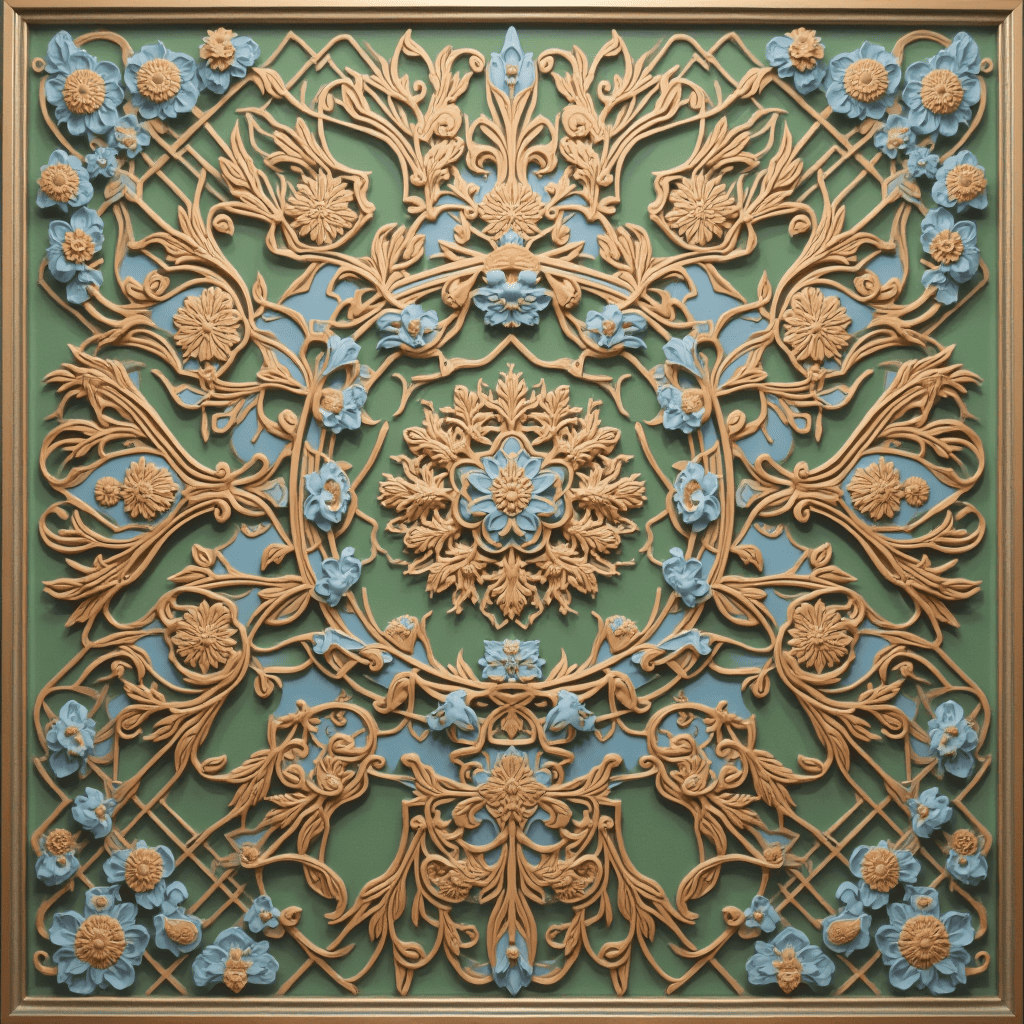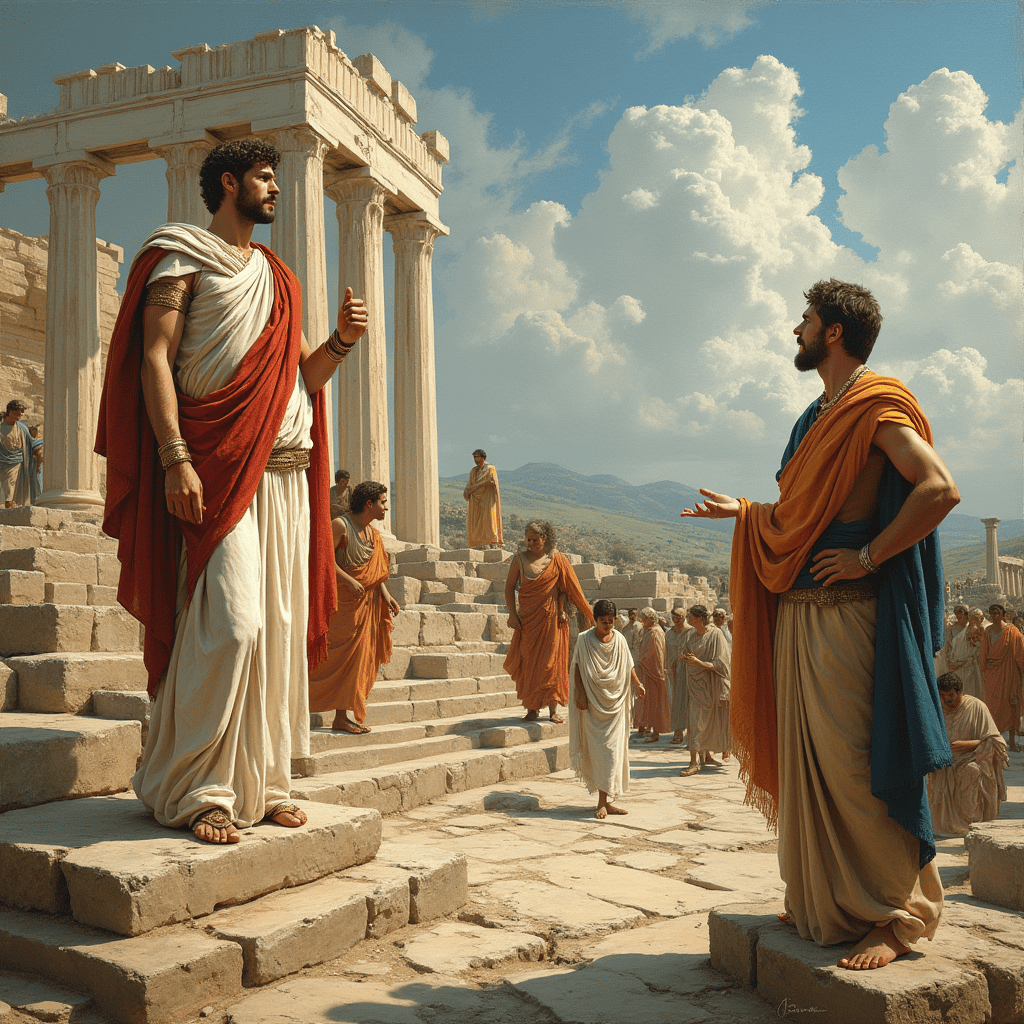Human history is a tapestry woven with the threads of countless cultures, each contributing unique innovations and ideas that have shaped the world we live in today. Among these, ancient civilizations stand out as the pioneers of cultural and technological achievements that laid the foundation for modern society. From the towering pyramids of Egypt to the intricate urban planning of the Indus Valley, these early societies demonstrated remarkable ingenuity and resilience. Their advancements in architecture, agriculture, governance, and art not only addressed the challenges of their time but also created a legacy that continues to inspire and inform us.
The study of ancient civilizations is more than an exploration of the past; it is a journey into the origins of human progress. These societies were the first to experiment with large-scale construction, develop systems of writing, and establish complex forms of governance. They transformed barren landscapes into fertile farmlands, built cities that rival modern metropolises, and created art and literature that still resonate today. By examining their achievements, we gain insight into the universal human drive to innovate, adapt, and thrive. Moreover, their successes and failures offer valuable lessons for addressing contemporary challenges, from sustainable agriculture to effective governance.
As we delve into the cultural and technological accomplishments of ancient civilizations, it becomes clear that their contributions are not confined to history books. They are alive in the infrastructure we use, the laws we follow, and the knowledge we cherish. Whether it’s the irrigation techniques that revolutionized farming or the legal codes that shaped justice systems, the fingerprints of these early societies are everywhere. This blog post will explore the remarkable achievements of ancient civilizations, highlighting how their ingenuity and creativity continue to influence our world. Join us as we uncover the stories of the past and celebrate the enduring legacy of humanity’s earliest innovators.

Architectural Marvels: Building the Foundations of Modern Engineering
The Great Pyramids of Egypt: A Testament to Precision and Ambition
The Great Pyramids of Giza, built over 4,500 years ago, remain one of the most awe-inspiring architectural feats in human history. These monumental structures were constructed as tombs for pharaohs, reflecting the Egyptians’ belief in the afterlife and their dedication to honoring their rulers. What makes the pyramids truly remarkable is the precision with which they were built. The Great Pyramid of Khufu, for instance, aligns almost perfectly with the cardinal points of the compass, a testament to the advanced astronomical and mathematical knowledge of the ancient Egyptians. The construction techniques, including the use of ramps, levers, and a highly organized labor force, demonstrate an extraordinary level of engineering skill and ambition. Even today, the pyramids stand as a symbol of human ingenuity and the enduring legacy of ancient Egypt.
Ziggurats of Mesopotamia: Temples and Urban Planning
In Mesopotamia, the ziggurat was more than just a temple; it was the centerpiece of urban life and a symbol of the city’s connection to the gods. These massive stepped structures, built from mud bricks, served as both religious and administrative hubs. The Ziggurat of Ur, for example, was a towering structure that dominated the city’s skyline and showcased the Mesopotamians’ mastery of architecture and urban planning. The construction of ziggurats required careful planning, resource management, and a deep understanding of engineering principles. Surrounding these temples were well-organized cities with grid-like streets, drainage systems, and residential areas, reflecting a sophisticated approach to urban development that influenced later civilizations.
The Indus Valley’s Advanced Drainage Systems
The Indus Valley Civilization, flourishing around 2600–1900 BCE, is renowned for its advanced urban infrastructure, particularly its drainage systems. Cities like Mohenjo-Daro and Harappa featured meticulously planned layouts with covered drains, sewage systems, and public baths. These innovations not only improved sanitation but also demonstrated a high level of civic planning and engineering expertise. The emphasis on cleanliness and public health in the Indus Valley was unparalleled for its time and remains a testament to the civilization’s forward-thinking approach to urban living.
Mesoamerican Pyramids: Aligning with the Cosmos
In Mesoamerica, civilizations like the Maya and Aztecs built pyramids that served as both religious centers and astronomical observatories. These structures, such as the Pyramid of the Sun at Teotihuacan and El Castillo at Chichen Itza, were carefully aligned with celestial events like solstices and equinoxes. The precision of their construction reflects a deep understanding of astronomy and mathematics. The pyramids were not just architectural marvels but also spiritual gateways, connecting the earthly realm with the cosmos and underscoring the Mesoamerican worldview that intertwined science, religion, and art.
Agricultural Innovations: Feeding Growing Populations
Irrigation Systems in Mesopotamia and Egypt
Agriculture was the backbone of ancient civilizations, and nowhere is this more evident than in the irrigation systems of Mesopotamia and Egypt. In Mesopotamia, the Tigris and Euphrates rivers provided the water needed to sustain crops, but managing these resources required ingenuity. The Mesopotamians developed canals, levees, and reservoirs to control flooding and distribute water to their fields. Similarly, in Egypt, the annual flooding of the Nile was harnessed through a network of basins and channels, ensuring a reliable water supply for farming. These irrigation systems not only supported large populations but also allowed for the cultivation of surplus crops, which fueled trade and economic growth.
The Rice Cultivation Revolution in Ancient China
In ancient China, the domestication and cultivation of rice transformed agriculture and society. Rice paddies, which required careful water management, became a hallmark of Chinese farming. The development of techniques like wet-field cultivation and the use of irrigation tools such as water wheels and pumps allowed for higher yields and more efficient farming. This agricultural revolution supported population growth, urbanization, and the rise of complex societies in ancient China. The importance of rice in Chinese culture endures to this day, symbolizing prosperity and sustenance.
Terrace Farming in the Andes (Inca Civilization)
In the rugged terrain of the Andes, the Inca civilization developed terrace farming as a solution to the challenges of mountainous agriculture. By carving stepped terraces into hillsides, the Incas created flat areas for planting crops like maize, potatoes, and quinoa. These terraces prevented soil erosion, maximized arable land, and allowed for efficient water distribution through intricate irrigation channels. The ingenuity of terrace farming not only sustained the Inca Empire but also left a lasting impact on agricultural practices in the region.
Domestication of Crops and Animals: A Global Contribution
The domestication of plants and animals was a pivotal achievement of ancient civilizations, marking the transition from hunter-gatherer societies to settled agricultural communities. From wheat and barley in Mesopotamia to maize in Mesoamerica, early farmers selectively bred crops to improve yield and resilience. Similarly, the domestication of animals like cattle, sheep, and goats provided a steady source of food, labor, and materials. These innovations laid the groundwork for the development of complex societies and continue to shape global agriculture today.

Governance and Legal Systems: The Birth of Organized Societies
The Code of Hammurabi: Early Legal Frameworks
The Code of Hammurabi, created around 1754 BCE by the Babylonian king Hammurabi, is one of the earliest and most comprehensive legal codes in human history. Inscribed on a massive stone stele, the code consisted of 282 laws that addressed various aspects of daily life, including trade, property rights, family law, and criminal justice. The principle of “an eye for an eye” was a central tenet, emphasizing proportional punishment. While some laws may seem harsh by modern standards, the Code of Hammurabi represented a significant step toward creating a standardized legal system that applied to all citizens. It laid the groundwork for the development of legal frameworks in later civilizations and highlighted the importance of justice and order in maintaining societal stability.
Egyptian Bureaucracy and Record-Keeping
Ancient Egypt’s success as a civilization was due in large part to its highly organized bureaucracy. The pharaoh, considered a divine ruler, delegated authority to a network of officials, including viziers, scribes, and regional governors. These administrators were responsible for managing resources, collecting taxes, and overseeing construction projects like the pyramids. Scribes played a crucial role in maintaining detailed records on papyrus, documenting everything from grain supplies to legal disputes. This emphasis on record-keeping not only ensured efficient governance but also preserved knowledge for future generations. The Egyptian bureaucracy was a model of administrative efficiency that influenced later empires.
The Mandate of Heaven in Ancient China
In ancient China, the concept of the Mandate of Heaven was central to governance and political legitimacy. According to this belief, the ruler (the “Son of Heaven”) was granted the right to rule by divine approval, but this mandate could be revoked if the ruler became corrupt or failed to fulfill his duties. The Mandate of Heaven justified the rise and fall of dynasties, such as the Zhou overthrowing the Shang. This philosophy emphasized the ruler’s responsibility to maintain harmony and prosperity, creating a system of accountability that shaped Chinese political thought for millennia. It also provided a framework for addressing political instability and ensuring continuity in governance.
Democratic Ideals in Ancient Greece (if including classical civilizations)
While not an ancient civilization in the same sense as Mesopotamia or Egypt, ancient Greece made groundbreaking contributions to governance through the development of democracy. In Athens, during the 5th century BCE, citizens participated directly in decision-making through assemblies and juries. This system, though limited to free male citizens, was revolutionary in its emphasis on equality and civic engagement. Figures like Cleisthenes and Pericles championed democratic reforms, laying the foundation for modern democratic systems. The Greek experiment with democracy highlighted the importance of citizen participation and the rule of law, ideas that continue to shape political systems today.

Cultural Contributions: Art, Writing, and Knowledge Preservation
The Invention of Writing: Cuneiform and Hieroglyphs
The invention of writing was one of the most transformative achievements of ancient civilizations. In Mesopotamia, the Sumerians developed cuneiform around 3100 BCE, using wedge-shaped marks on clay tablets to record transactions, laws, and literature. Similarly, the Egyptians created hieroglyphs, a complex system of pictorial symbols, to document religious texts, historical events, and administrative details. Writing enabled the preservation and transmission of knowledge, facilitating the growth of complex societies. It also allowed for the creation of literature, such as the Epic of Gilgamesh and the Egyptian Book of the Dead, which provide insight into the beliefs and values of these cultures.
Ancient Libraries and the Preservation of Knowledge (e.g., Library of Alexandria)
Ancient civilizations recognized the importance of preserving knowledge, leading to the establishment of libraries. The Library of Alexandria, founded in the 3rd century BCE, was the most famous of these institutions. It housed hundreds of thousands of scrolls, containing works on science, philosophy, literature, and medicine. Scholars from across the ancient world traveled to Alexandria to study and share ideas, making it a center of intellectual activity. Although the library was eventually destroyed, its legacy endures as a symbol of humanity’s commitment to learning and the preservation of knowledge.
Artistic Achievements: Sculptures, Paintings, and Pottery
Art was a vital expression of cultural identity in ancient civilizations. In Egypt, monumental sculptures like the Great Sphinx and intricate tomb paintings reflected religious beliefs and the pharaoh’s divine status. In Mesopotamia, cylinder seals and relief carvings depicted scenes of mythology and daily life. The Indus Valley Civilization produced finely crafted pottery and jewelry, while the Greeks perfected the art of sculpture, creating lifelike statues that celebrated human form and achievement. These artistic achievements not only beautified their surroundings but also communicated cultural values and historical narratives.
Mathematical and Astronomical Advances (e.g., Mayan Calendar, Babylonian Astronomy)
Ancient civilizations made significant contributions to mathematics and astronomy, laying the groundwork for modern science. The Babylonians developed a sophisticated number system and used mathematics to predict celestial events, creating some of the earliest astronomical records. The Maya, meanwhile, created a highly accurate calendar system that tracked time with remarkable precision. Their Long Count calendar, combined with their understanding of astronomy, allowed them to plan agricultural activities and religious ceremonies. These achievements demonstrate the intellectual curiosity and problem-solving abilities of ancient peoples, whose discoveries continue to influence scientific thought.
Conclusion
The cultural and technological achievements of ancient civilizations are not merely relics of the past; they are the building blocks of modern society. From the architectural marvels of the pyramids and ziggurats to the agricultural innovations that fed growing populations, these early societies demonstrated remarkable ingenuity and resilience. Their advancements in governance, such as the Code of Hammurabi and the Mandate of Heaven, laid the foundation for legal and political systems that continue to shape our world. Similarly, their contributions to art, writing, and science have left an indelible mark on human history, preserving knowledge and inspiring future generations. By studying these achievements, we gain a deeper appreciation for the creativity and determination of our ancestors, as well as a clearer understanding of the challenges they overcame.
As we reflect on the legacy of ancient civilizations, it becomes clear that their innovations are not confined to history books—they are alive in the infrastructure we use, the laws we follow, and the knowledge we cherish. The lessons they offer are timeless: the importance of adaptability, the value of collaboration, and the need to balance progress with sustainability. In a world facing complex challenges, from climate change to social inequality, the achievements of ancient civilizations remind us of humanity’s capacity for innovation and resilience. By honoring their legacy, we not only preserve their contributions but also draw inspiration to build a better future. The story of ancient civilizations is, ultimately, the story of us—a testament to the enduring spirit of human achievement.
